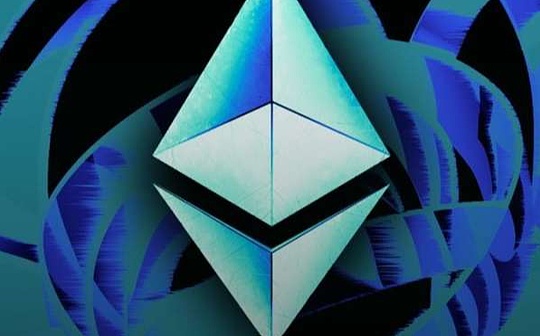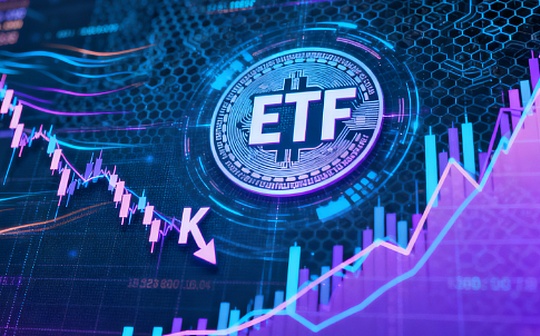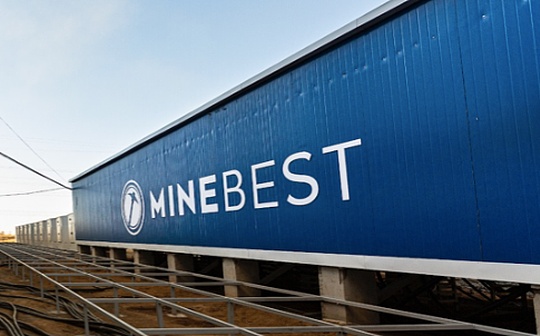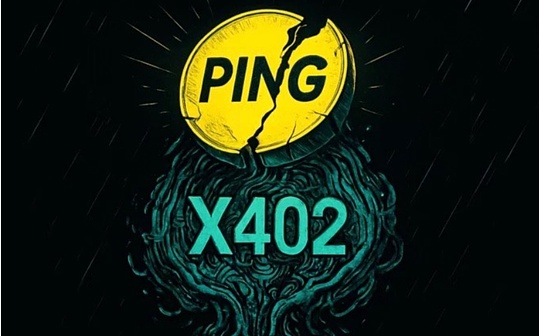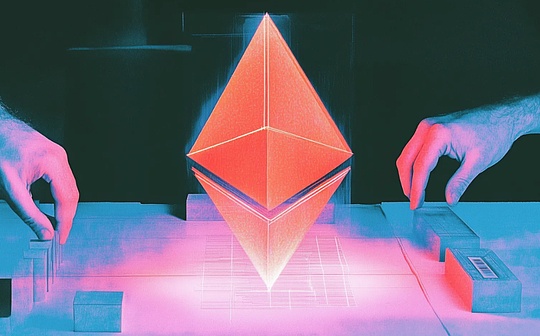
Author: Haotian
Based on Ethereum’s technology roadmap for the next two years, we share several “technical breakthroughs” that may…the directions to support prices (E Guard Special):
1) zkEVM layer1 integration
Implementation timeline: Complete the main network deployment from Q4 to Q2 2025;
Technical Objectives:
-
99% of the blocks complete verification within 10 seconds;
-
Zero-knowledge proof verification cost reduction by 80%;
Realization significance:
-
The market share of stablecoins such as USDC and USDT on the Ethereum main chain will further expand, and the daily Gas consumption will increase accordingly, directly promoting ETH deflation;
-
zkEVM zero-knowledge proof technology provides compliance and privacy protection for traditional financial institutions, and large-scale DeFi application scenarios of institutions are expected to be activated;
2) RISC-V implements a new architecture
Implementation timeline: R&D will begin in the second half of 2025, and will be progressed slowly in stages from 2026 to 2030;
Technical Objectives:
-
Smart contract execution efficiency is improved by 3-5 times;
-
Gas cost reduction by 50-70%;
-
The open source instruction set architecture replaces current EVM and is better compatible with modern hardware acceleration technologies;
Realization significance:
-
The magnitude improvement of execution performance will give birth to new application scenarios, such as: high-frequency trading, real-time gaming, AI reasoning, small payment, micro-transactions, etc.;
-
Lower Gas costs will reactivate the small transaction scenario, significantly expand the user base and usage frequency, and form a positive cycle of ETH demand;
3) Layer1-Layer2 Ecological Synergy
Implementation timeline: Starting from Q4 2025, continuous optimization from 2026 to 2027;
Technical Objectives:
-
Achieve seamless interoperability between L1 and main L2 (Arbitrum, Optimism, Base, etc.);
-
Now the decentralized liquidity is about 120 billion TVL, and the unified liquidity pool TVL has exceeded US$200 billion;
-
Cross-layer transaction costs are reduced by 90%, achieving cross-layer confirmation within 10 seconds;
Realization significance:
-
The DeFi protocol can more efficiently aggregate the entire ecosystem (L1+L2) liquidity, generate a 1+1>2 network effect, greatly improving the capital efficiency and application experience of the entire Ethereum ecosystem;
4) Validator economic optimization
Implementation timeline: Starting from the second half of 2025, it will be optimized simultaneously in conjunction with the upgrading of various technologies and will continue to be improved for 2 years;
Technical Objectives:
-
The minimum staking threshold for validators has gradually been reduced from 32 ETH to 16 ETH, and even eventually to 1ETH;
-
The annualized yield of pledge has increased from the current 4-6% to 6-8%;
-
Simplify the operating threshold of verifiers, support light node verification, and improve the degree of network decentralization;
Realization significance:
-
The reduction of the validator threshold and the optimization of the income model make the ETH staking rate expected to increase from the current approximately 25% to more than 40% (about 48 million ETH is locked), further reducing the circulation supply of ETH and strengthening deflation expectations;
-
The increase in pledge income will enhance the attractiveness of ETH as a “digital bond” and provide fundamental support for its valuation;
5) Regression of sharding technology (ETH 3.0)
Implementation timeline: Design and research and development will begin in 2026, and will be implemented in 2027-2028 or more;
Technical Objectives:
-
Combined with zkEVM+ sharding to achieve millions of transaction processing capabilities per second;
-
Data availability costs reduced by 99%;
-
Spread blockchain data into multiple shards, and the verifier only needs to process part of the data;
Realization significance:
-
The reintroduction of shards shows that Ethereum is preparing for the mass adoption of Web3 in the next decade, and the long-cherished wish of “World Computer” will be re-uplifted in the agenda;

